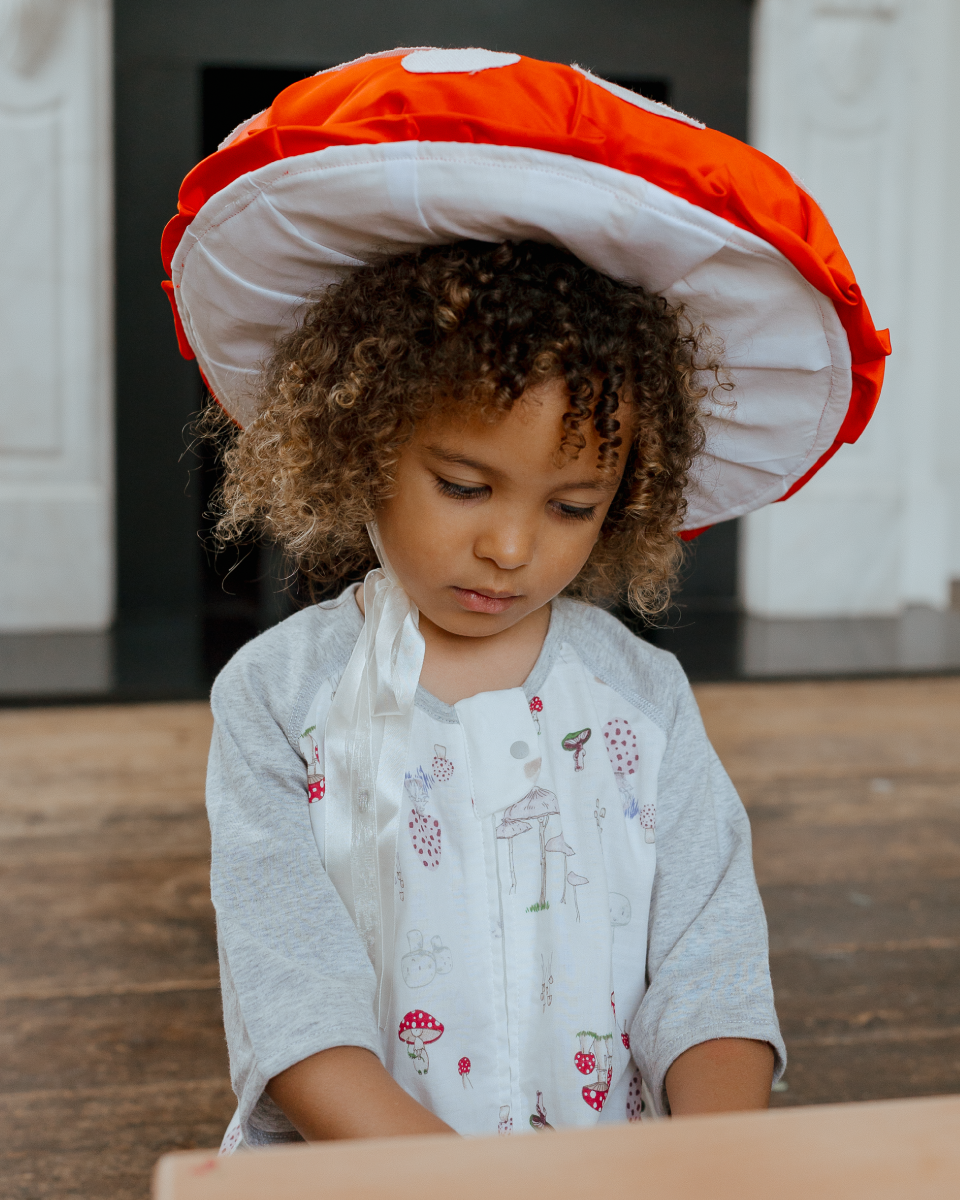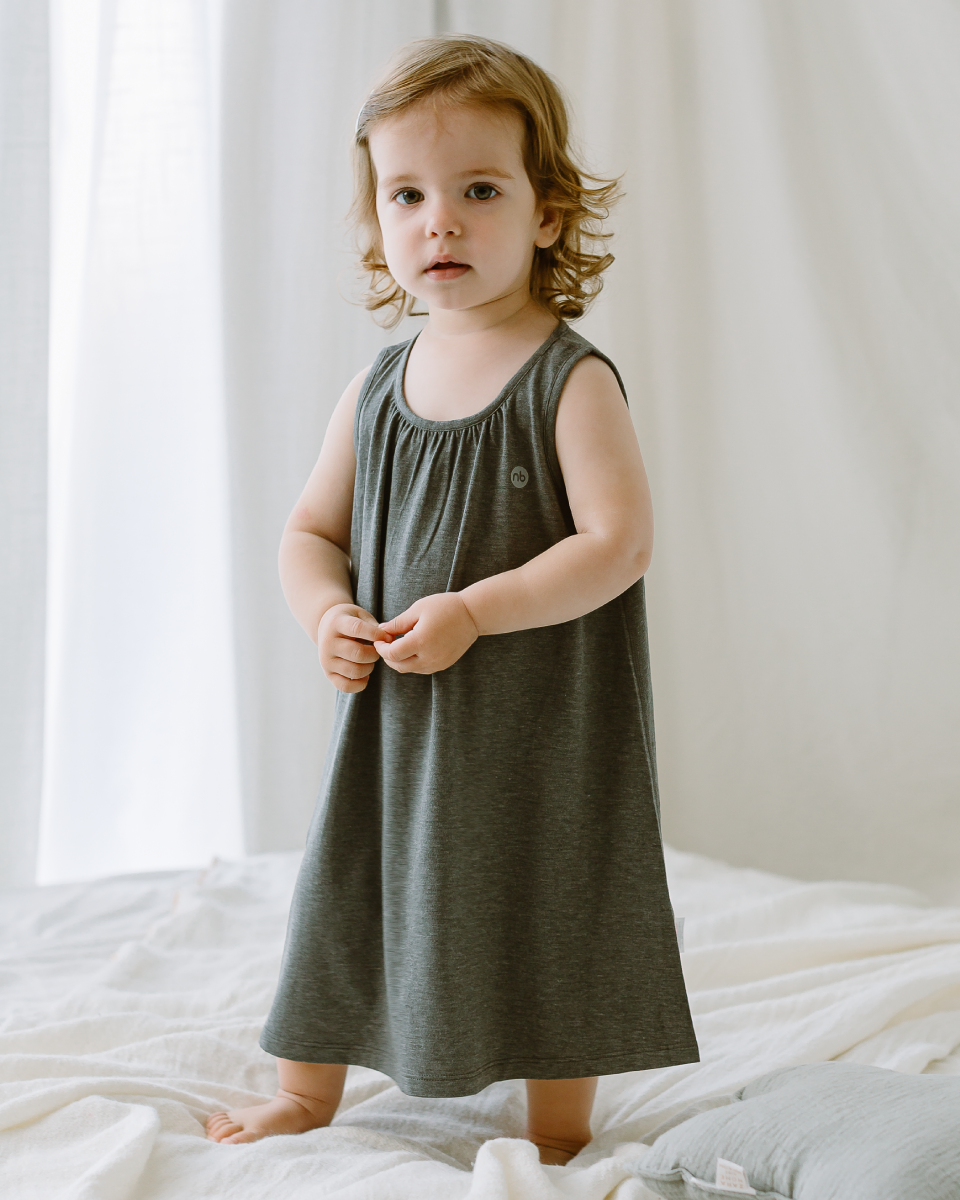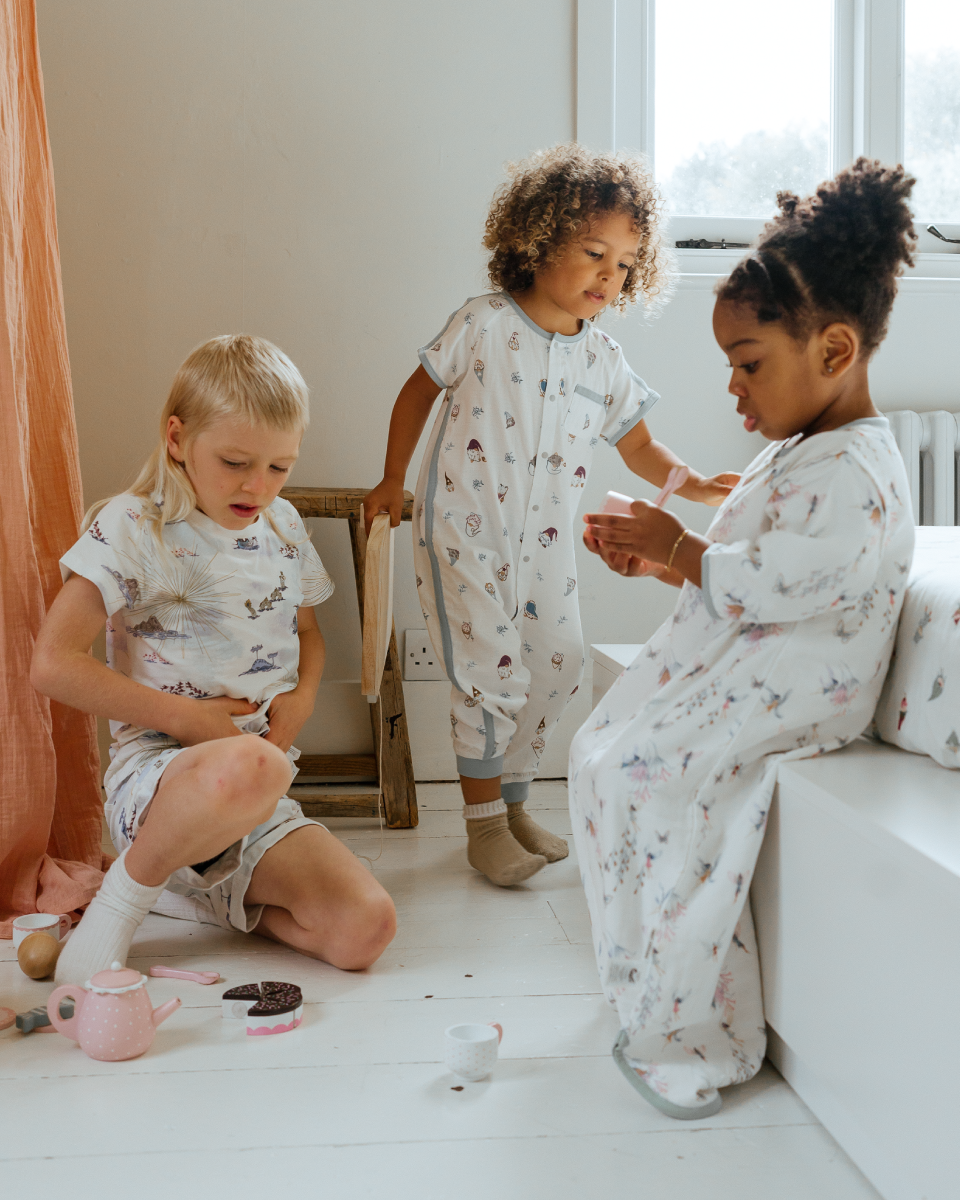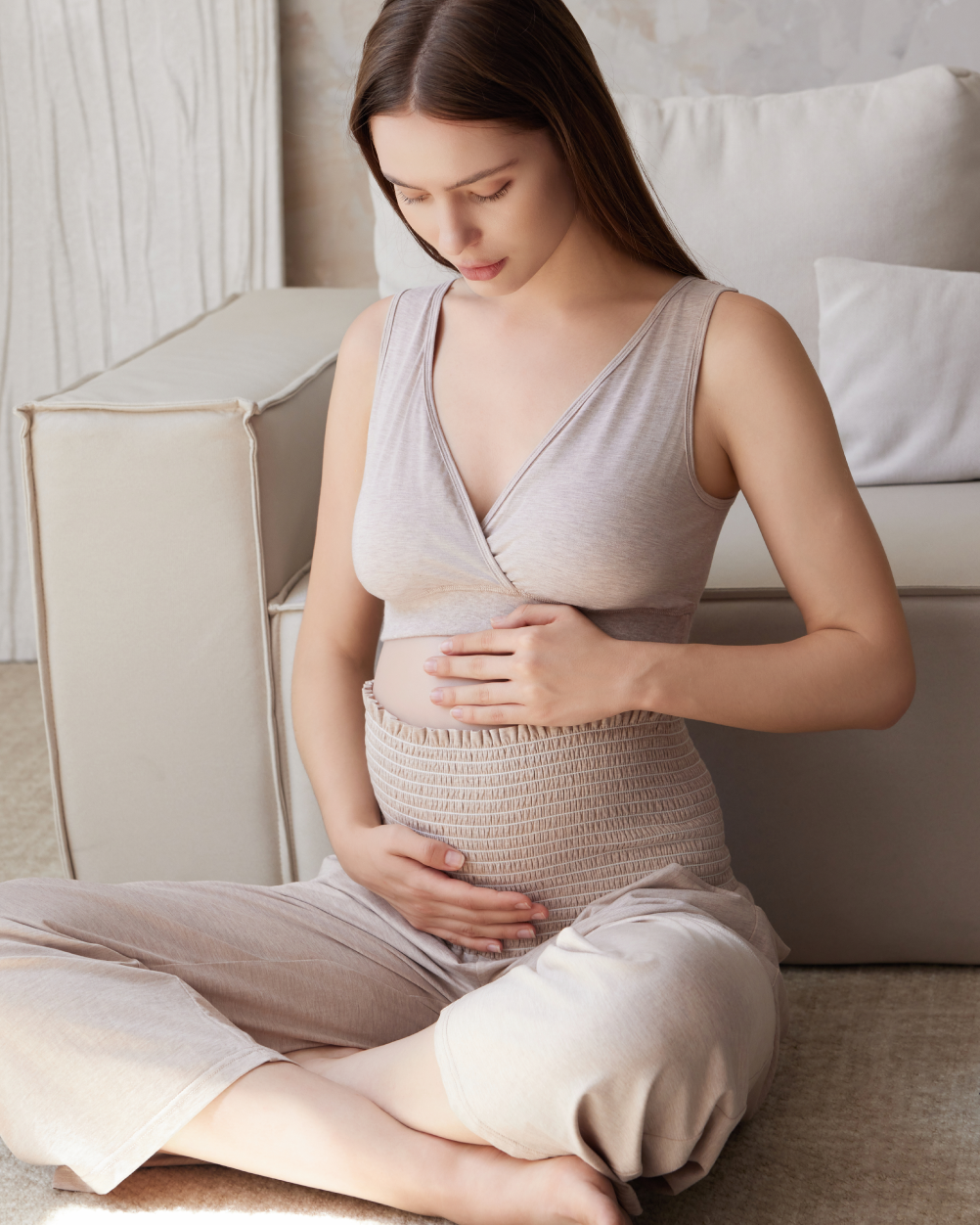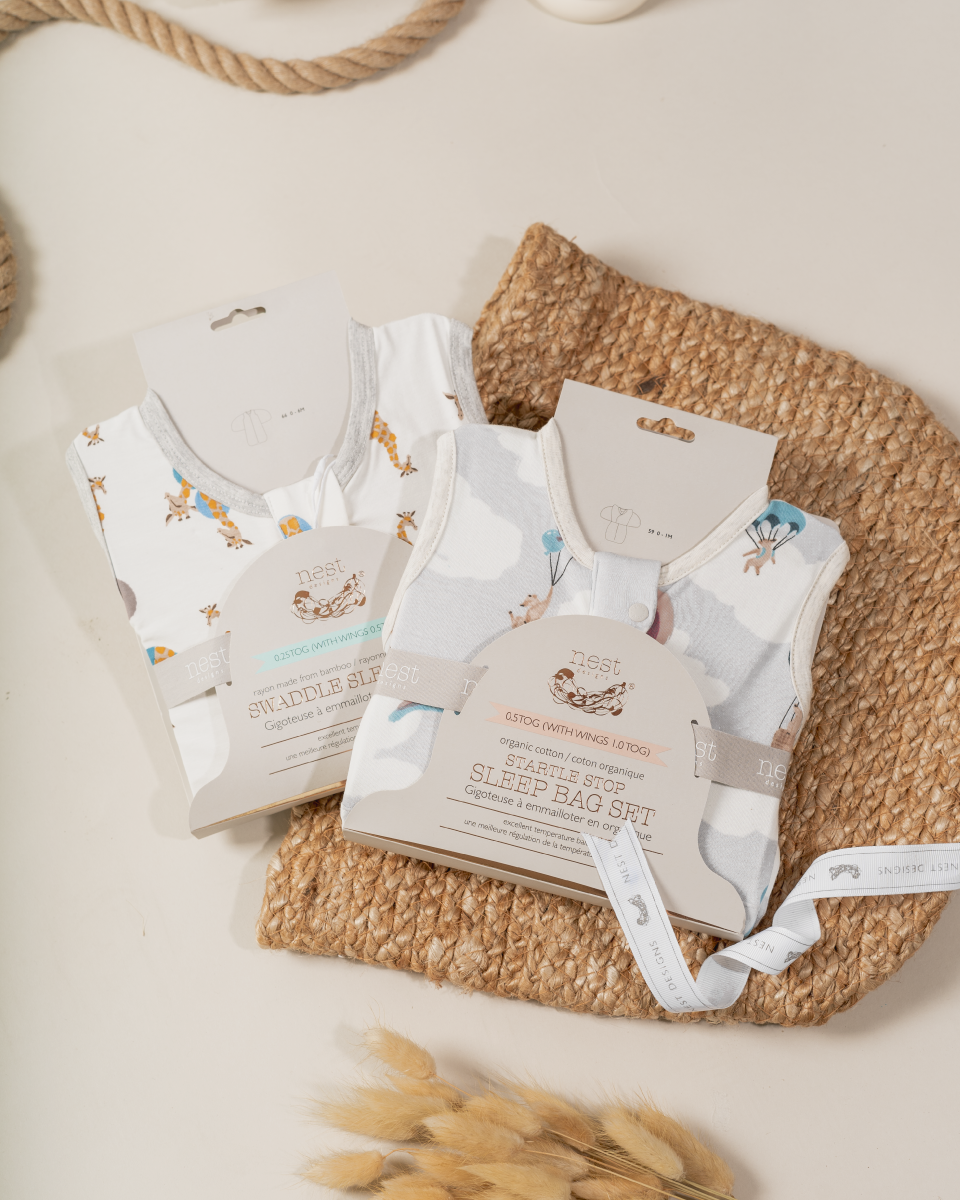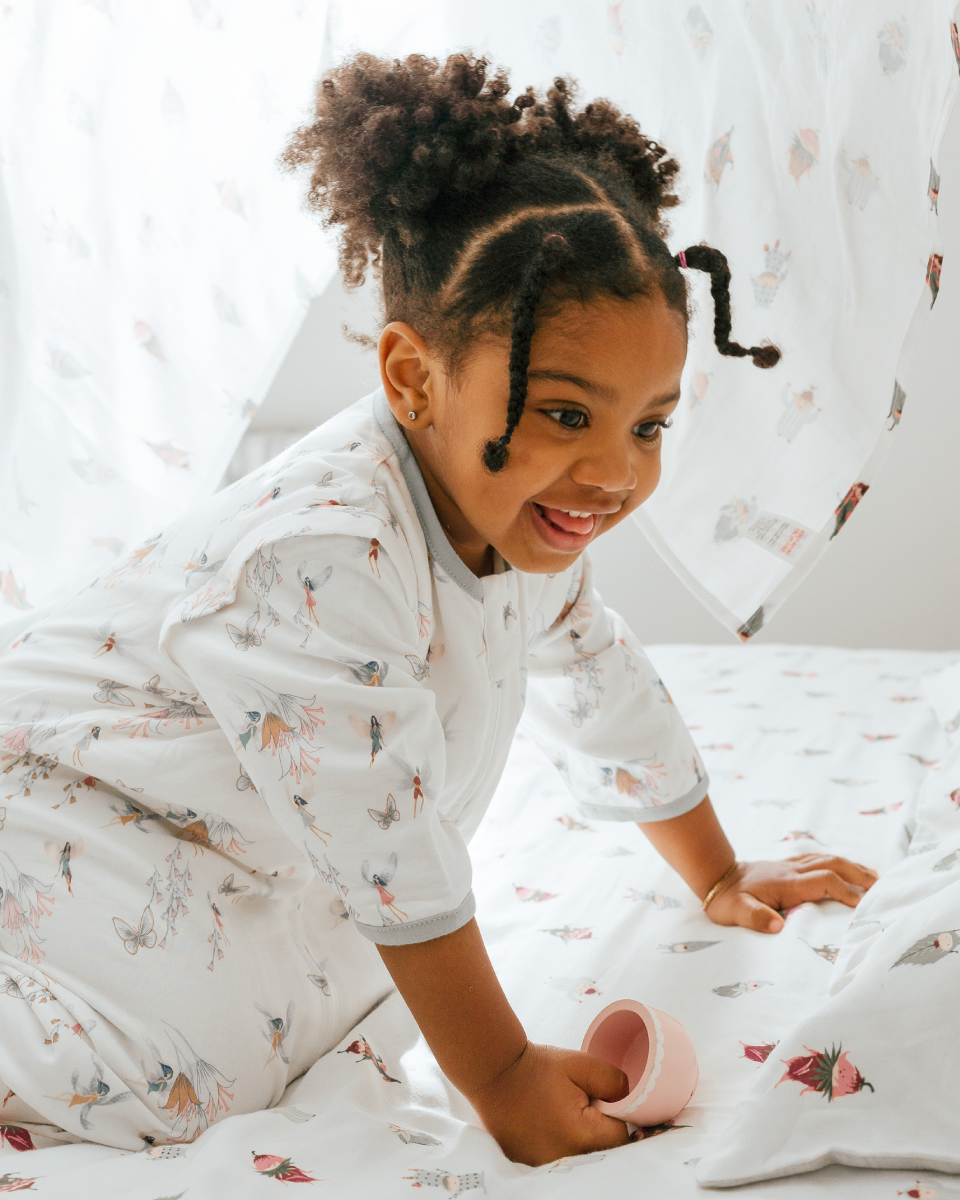
Dressing your baby for sleep is not just about warmth or style—it's a way to ensure they sleep safely and comfortably through the night. You want your sweet little bubs to feel cozy with just the right amount of clothing at bedtime.
The clothing newborns should wear to bed depends on several factors, such as the room temperature, the type of fabric of their sleeper, the TOG rating of any wearable blankets, and their typical body temperature. Finding the perfect balance of these elements promotes better and safer sleep for your little love.
What should newborns wear to sleep?
Dressing your newborn for sleep is as easy as choosing the right layers to keep them comfortable. At bedtime, dress your little one in simple, fitted clothing, like a sleeper. You can determine if an outfit is safe and appropriate for bed by ensuring it does not have features like straps, a hood, or other elements that could be hazardous to your sweet baby.
Newborns cannot use loose blankets in bed; their warmth comes from dressing them in thoughtful layers. As a broad rule of thumb, your little one should wear one more layer at bedtime than you do. Keep in mind that certain fabrics, like cotton, are breathable and keep your little one cool. Fabrics like fleece will trap heat and make them feel warmer.
Over the sleeper, you can wrap your newborn in a swaddle blanket or sleep bag. These wearable blankets keep them nice and cozy; choose one with a suitable TOG rating for the room temperature to keep your little bubs from being overly warm or cold.
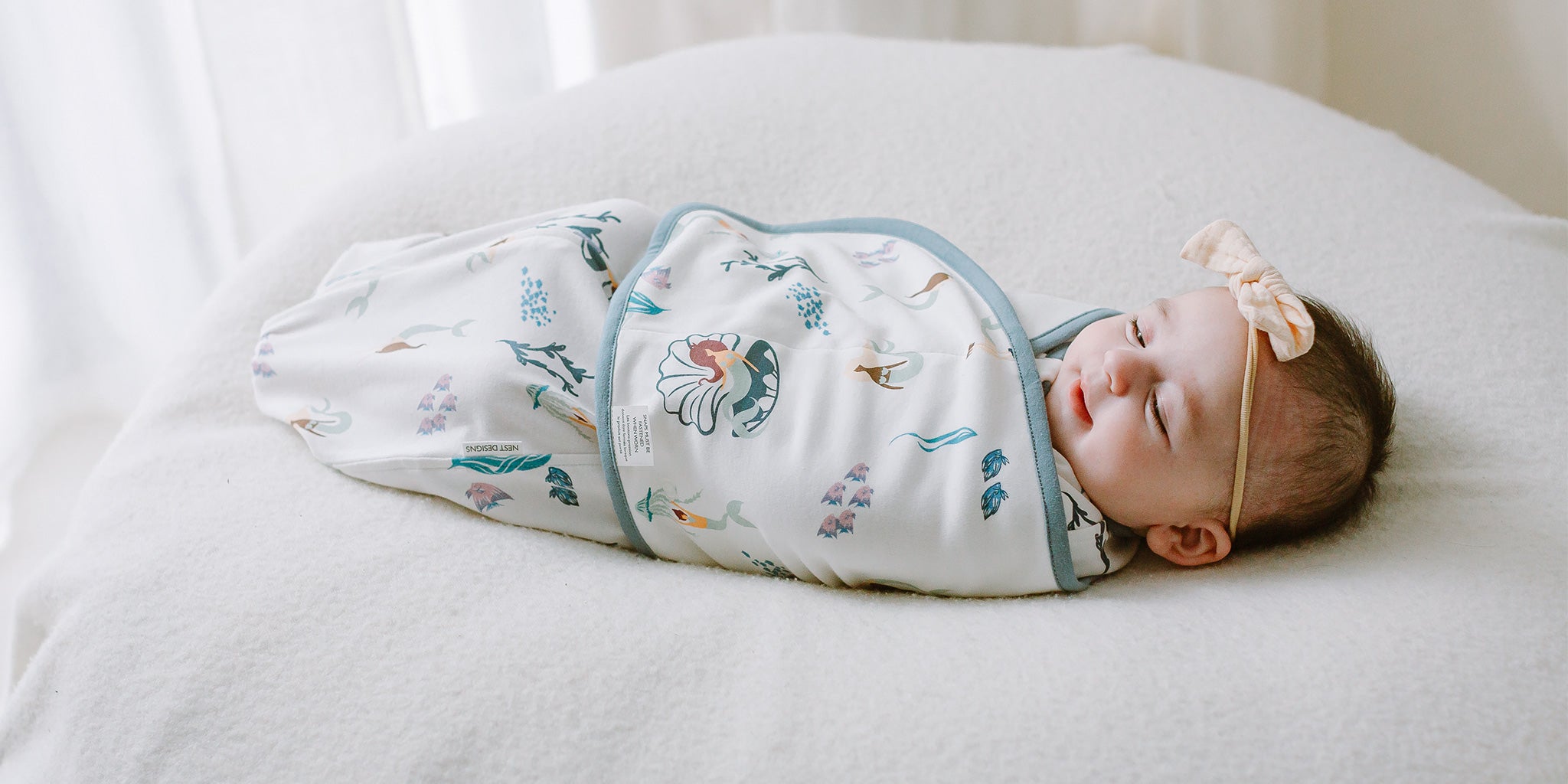
Should newborns wear hats to sleep
During their waking hours is the only time your little one should wear a cute hat or beanie.
These accessories help keep them warm during the day, and logic would follow that it would do the same at night. However, babies have a watchful parent to tend to them during the day, ensuring they do not get too warm or accidentally cover their mouth or nose with a hat. When newborns wear hats at night, there are increased risks of overheating and suffocation, so always remove a cap before sleep.
Babies also regulate their temperature through their heads because their heads have a lot of surface area for heat exchange. Depending on their needs, their bodies send more blood to their heads to help them stay warm or cool.

The best temperature for baby sleep
The best room temperature for most babies is between 20 and 22 degrees Celsius (68 to 72 degrees Fahrenheit). This temperature range helps prevent overheating, reduces the risk of sudden infant death syndrome (SIDS), and promotes better sleep quality. Every baby is different; they may sleep better in a room slightly above or below this range. If they are too warm or cool, they will likely be crying, fussy, or unable to sleep. Pay attention to queues like sweating or shivering to help determine their comfort level.
To ensure your baby's comfort at bedtime, use a room thermometer to monitor the temperature. Adjust the thermostat or your baby’s sleepwear accordingly.
How to tell if baby is too hot at night
Here are some tips to help you figure out if your little one is too warm at night:
- Feel the back of your baby's neck or tummy. They may be too hot if they feel excessively warm or sweaty. Do not check their fingers or feet--their circulation isn't as good as an adult, so these areas may feel cooler.
- Check for damp hair, flushed cheeks, or heat rash. Excessive heat can cause sweaty hair or redness or rashes on your baby's skin, particularly on their face, chest, or back.
- Monitor their breathing. Rapid or shallow breathing can indicate overheating.
- Notice changes in sleep patterns: If your baby is restless, fussy, or wakes frequently at night, it could be due to feeling too warm.
- Pay attention to their behaviour: Babies may become fussy or cry more than usual when they're too hot.
If you suspect your baby is too hot, take immediate steps to help cool them down. Remove any excess layers of clothing or blankets, adjust the room temperature, and offer them milk or formula to stay hydrated.
How to tell if baby is too cold at night
If your baby is too cold at night, you can use similar tips as you do to see if they're overheating:
- Feel their chest or back. If these areas feel cold or cool, your little one likely needs more warmth.
- Check their extremities. Cold hands and feet may indicate that your baby needs additional warmth, but also check their chest and back (circulation in their fingers and toes may make them feel cool, but they could still be comfortable).
- Look at their colour. If they look more pale at bedtime, it may be a sign that they're too cold.
- Observe their sleep patterns. If your baby is restless, wakes frequently, has trouble settling, or they're overly sleepy, it could be due to feeling chilly.
- Notice changes in behaviour. Being too cold may cause your baby to become fussy or irritable.
Remember that although you might feel comfortable in a room, your newborn isn't able to regulate their temperature at this age. Determine what makes them most comfortable and dress them for bed accordingly.
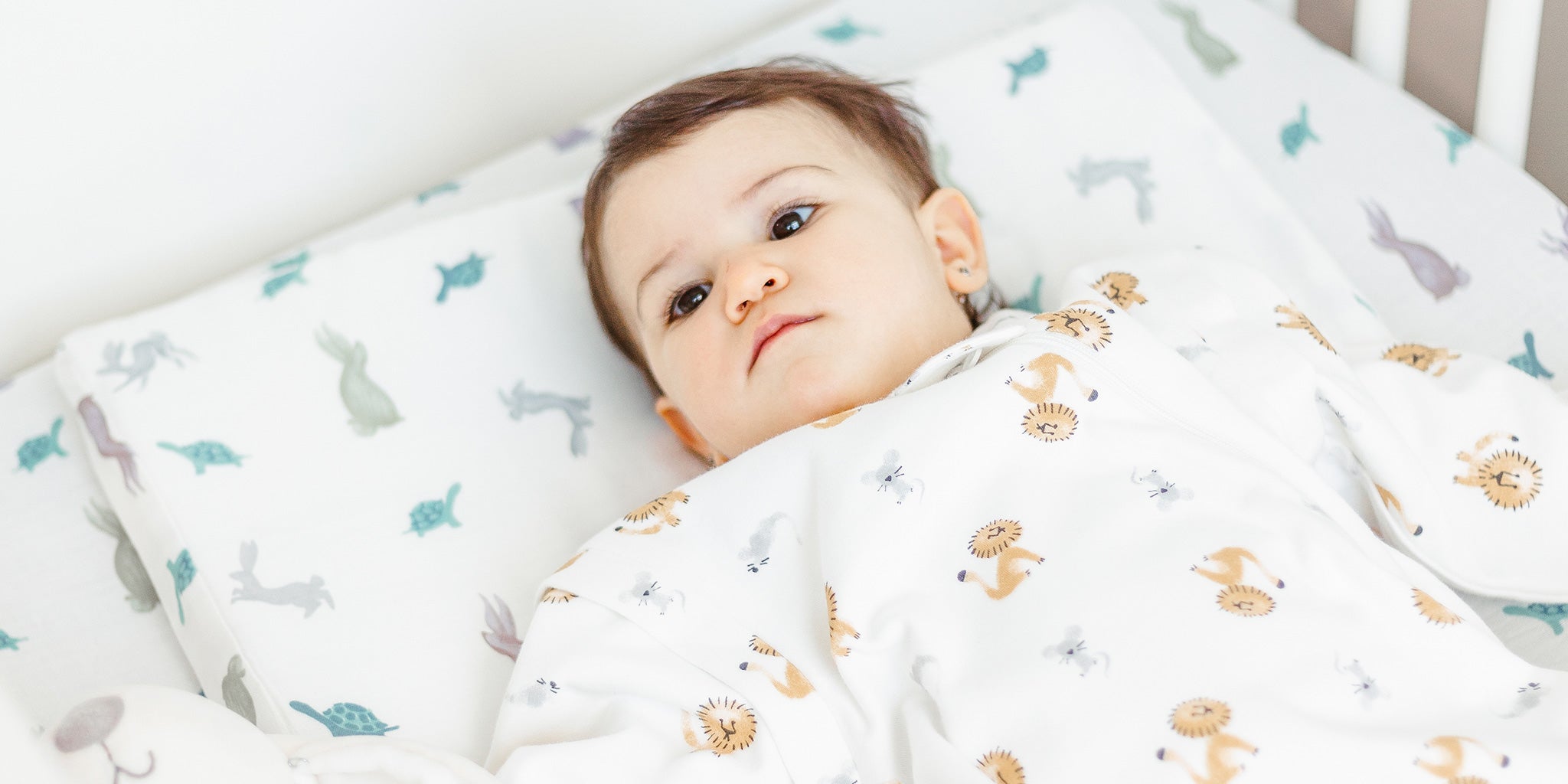
What should babies wear to sleep in the summer?
In the summer, babies tend to wear fewer layers. Of course, this depends on the temperature in your home. Still, most babies only need very few layers to sleep comfortably. Generally, as the temperature increases, you should remove a layer.
If the temperature is about:
- 27 degrees Celsius (or approximately 80 degrees Fahrenheit), your baby can sleep in just a diaper or a 0.25 TOG swaddle sleep bag.
- 24 to 27 degrees Celsius (or approximately 75 to 81 degrees Fahrenheit), they can wear a sleeper.
- 20 to 24 degrees Celsius (or approximately 68 to 74 degrees Fahrenheit), they can wear a 1.0 TOG sleep bag over a diaper and/or a sleeper.

What should babies wear to sleep in the winter?
As the temperature decreases, you should add more layers when dressing your baby for bed.
If the temperature is about:
- 16 to 20 degrees Celsius (or approximately 61 to 68 degrees Fahrenheit), dress your little one in a footed sleeper and a 2.5 TOG sleep bag.
- 10 to 16 degrees Celsius (or approximately 50 to 61 degrees Fahrenheit), upgrade to a 3.5 TOG sleep bag over a cozy sleeper.
- 14 degrees Celsius (or approximately 57 degrees Fahrenheit) or less, transition to a 4.0 TOG sleep bag over a warm sleeper.

Better sleep for your baby is peace of mind for you
Dressing your baby for sleep doesn't have to be complicated. Sticking with safe and comfortable layers prevents unnecessary wakeups and keeps your little one snoozing away. Enjoy peaceful nights, and feel confident knowing your little bubs is dressed just right for bedtime.
Explore our sleepwear, sleep bags, and more to find premium products that contribute to healthier sleep for your baby.



